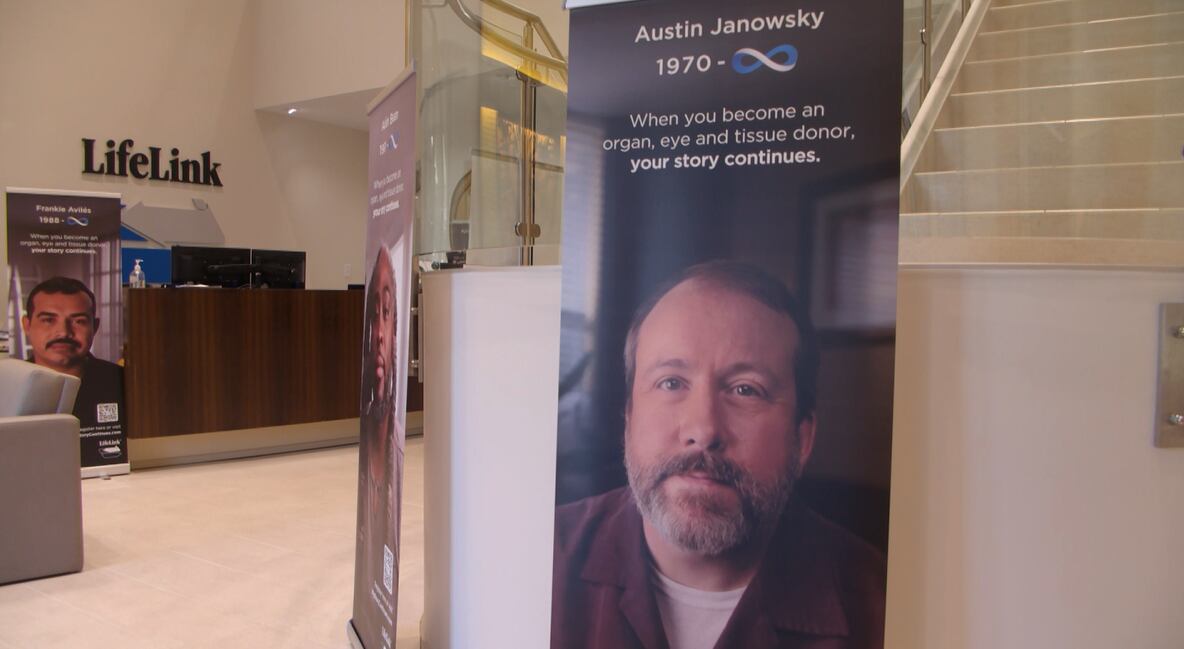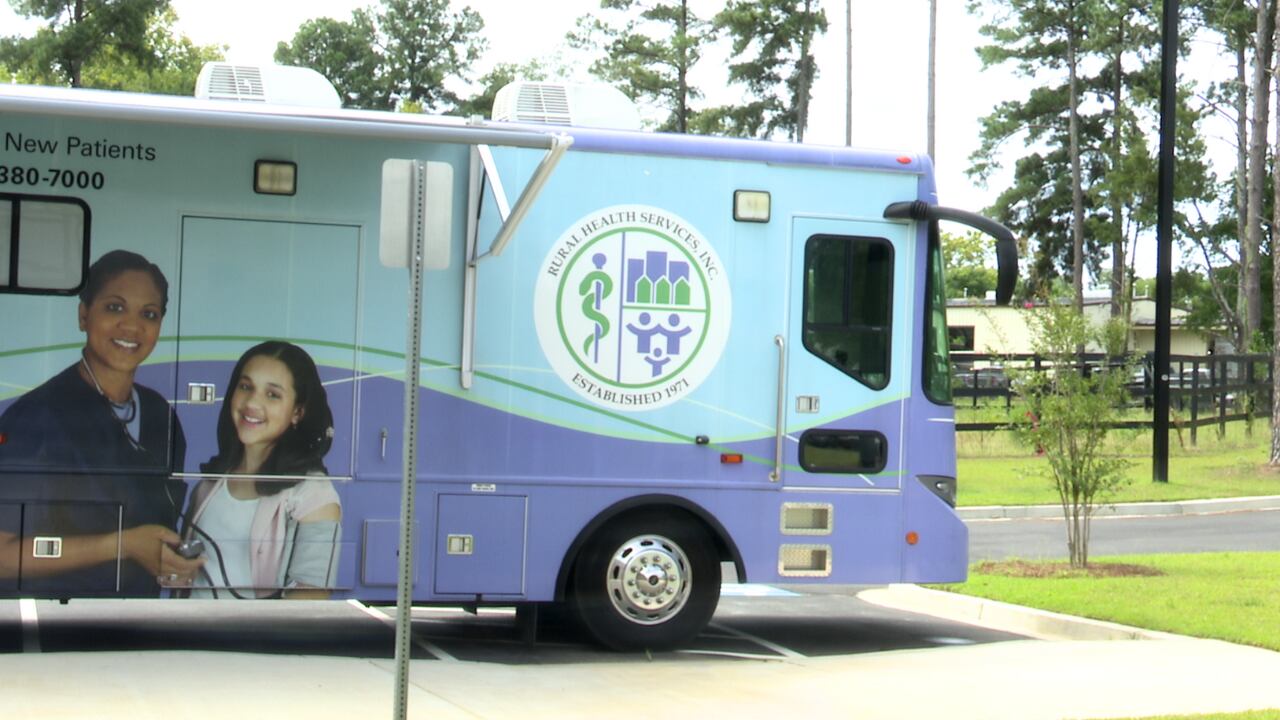S.C. releases report on 25-year data on childhood cancer
COLUMBIA, S.C. (WCSC) - The South Carolina Childhood Cancer Taskforce released its first-ever report detailing data on cancer in children and progress made to fight it.
The report marks the first undertaking for a comprehensive look at the disease in the state.
Dr. Edward Simmer, the interim director of the Department of Public Health, said there are more than 200 cases of childhood cancer in the state each year and that about 26 children will die from it every year.
“But the positive side of that is that tells you there’s also a lot of survivors, a lot of children who, because of the work of places like Prisma and MUSC and McLeod, survive and do well,” he said.
How you can help the thousands of Georgians awaiting an organ
LifeLink has launched “the Infinity Campaign” to educate people about the lasting impact of organ and tissue donation.

The South Carolina Childhood Cancer Taskforce released its first-ever report detailing data on cancer in children and progress made to fight it.
Four key findings
Prisma Health pediatric oncologist Dr. Anna Hoppmann is an assistant professor at the University of South Carolina School of Medicine Columbia and served as chair of the Childhood Cancer Taskforce. She highlighted four areas in the report: progress in the fight against childhood cancer, disparities in childhood cancer, the changing incidence in cases and survivorship.
She said the data revealed an 84% rate in five years and said the report contains a lot of good news she hopes will bring families a sense of hope.
Local clinic aims to break barriers against sexual health
In Georgia, Richmond County is in the top five for most reported cases, according to the CDC. Now, one clinic is looking to change the misconception about sexual health.

“That is really remarkable, and that reflects an 11% improvement in survival over the study period,” Hoppmann said. “We saw improved survival for males and females, for children from rural and urban areas, and for eight of 11 major cancer types.”
She said there are disparities, however, in childhood cancer survival rates.
“Though, the gaps are narrowing, and we have made progress in this area over time, black and Hispanic children with cancer still have lower survival estimates than white children with cancer,” she said.
The disparities extended into survivorship with a relatively higher proportion of deaths among black childhood cancer survivors, she said.
COVID shots are no longer free for the uninsured
The latest batch of COVID booster shots is out, tailored to better protect people from the Omicron variants, but be prepared to pay up if you don’t have health insurance.

The report revealed a rise in childhood cancer regionally and nationally and Hoppmann said South Carolina numbers mirror those increases, though rates in this state are below the regional and national rates. The pattern, she said, varied by the type of cancer.
“For example, we found increasing trends for lymphoma and leukemia and a down trending rate of brain and central nervous system tumors, because childhood cancer remains rare, and these changes are also seen nationally,” she said.
The report found that the state continues to see more childhood cancer survivors over time as oncology advances. But she said that when a child has been treated for cancer, “their road doesn’t end” when the treatment does.
“When the treatment ends, they’re at risk for late health effects over the lifespan because of the treatments they needed in childhood,” she said.
Raccoon tests positive for rabies in Aiken County
The South Carolina Department of Public Health confirmed a rabid raccoon has been found in Ridge Spring.

“I’m incredibly proud to see the progress that is highlighted in this report,” Dr. Michelle Hudspeth said.
Hudspeth is the director of pediatric hematology/oncology and blood and marrow transplantation and cellular therapy at the Medical University of South Carolina. She said the report represents an “invaluable tool for physicians, researchers, media and anyone seeking to understand the impacts of childhood cancer in South Carolina.”
“This report spans 25 years, and if we look over sort of the last 20 years, gold became the signature color to represent childhood cancer. And that’s because gold is precious, and there’s really nothing more precious than our children,” Hudspeth said.
September is Childhood Cancer Awareness Month.
Copyright 2024 WRDW/WAGT. All rights reserved.














